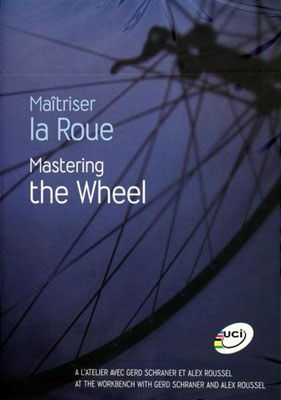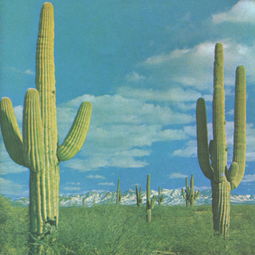Finding the Perfect Fishing Spot: Techniques and Diagrams for Anglers
As any seasoned angler knows, the key to a successful fishing trip lies not only in the right equipment and bait but also in the strategic choice of your fishing spot. Finding the perfect spot can make the difference between a day filled with thrilling catches and a frustrating wait. In this article, we'll delve into some expert fishing techniques and provide you with a helpful diagram to guide you in selecting the ideal fishing location.
Understanding the Basics of Fish Behavior
Before we dive into the specifics of finding a good fishing spot, it's important to understand the basic behavior of fish. Fish are influenced by various factors such as water temperature, clarity, vegetation, and structure. By understanding these factors, you can better predict where fish might be lurking.
Water Temperature
Fish are cold-blooded creatures, which means their metabolism and activity levels are directly affected by water temperature. Generally, fish are most active and likely to bite when the water temperature is between 55°F and 70°F (13°C to 21°C). To find the perfect spot, look for areas where water temperature is within this range.
Water Clarity
Fish tend to avoid murky or stained water as it makes it difficult for them to see their prey. Clear water is often a sign of a healthy aquatic ecosystem. However, certain species of fish, like bass, may actually seek out stained water for cover. Pay attention to the water's clarity and consider targeting areas that match the species you're aiming to catch.
Vegetation
Vegetation, whether it's underwater plants or overhanging branches, can provide excellent cover for fish. It can also create areas of different depths and currents, which can attract fish looking for food or shelter. Look for areas with a good mix of vegetation and open water to increase your chances of finding fish.
Structure
Structure refers to any physical feature in the water that can hold fish, such as rocks, logs, bridge pilings, or drop-offs. These features can create areas of high fish activity. To find these spots, look for changes in the bottom contour, visible structures on the surface, or areas where the bottom material changes.
Techniques for Finding the Perfect Fishing Spot
Now that we understand the basics, let's look at some techniques for finding the perfect fishing spot:
Research and Maps: Utilize maps and topographical charts to identify potential fishing spots. Look for areas with known fish populations, such as reservoirs, lakes, or rivers with specific features that you know attract fish.
Local Knowledge: Talk to local anglers or fishing guides. They can provide invaluable insights into the best spots for catching certain species in your area.

Drift Fishing: If you're fishing a river or stream, drift fishing can help you cover more ground and find fish quickly. By casting and letting your bait drift naturally, you can identify productive areas.
Structure Baiting: Focus on areas with structure, such as rock piles, fallen trees, or bridge pilings. These spots are often hotspots for fish looking for cover or food.
Use a Fish Finder: A fish finder can be a game-changer for locating fish. It can help you identify schools of fish, structure, and vegetation, allowing you to target the most productive areas.
Diagram: Selecting the Perfect Fishing Spot
Below is a simple diagram that illustrates the key factors to consider when selecting a fishing spot:
+----------------------------------------------------+
| |
| Water Temperature |
| |
| 55°F - 70°F (13°C - 21°C) Optimal for most fish |
| |
+----------------------------------------------------+
| |
| Water Clarity |
| |
| Clear water is often better for fishing |
| |
+----------------------------------------------------+
| |
| Vegetation |
| |
| Areas with good vegetation can hold fish |
| |
+----------------------------------------------------+
| |
| Structure |
| |
| Look for areas with rocks, logs, or drop-offs |
| |
+----------------------------------------------------+By combining these techniques and referring to the diagram, you'll be well on your way to finding the perfect fishing spot. Remember, the key to successful fishing is patience, practice, and a willingness to adapt your strategy based on the environment and the species you're targeting. Happy fishing!












